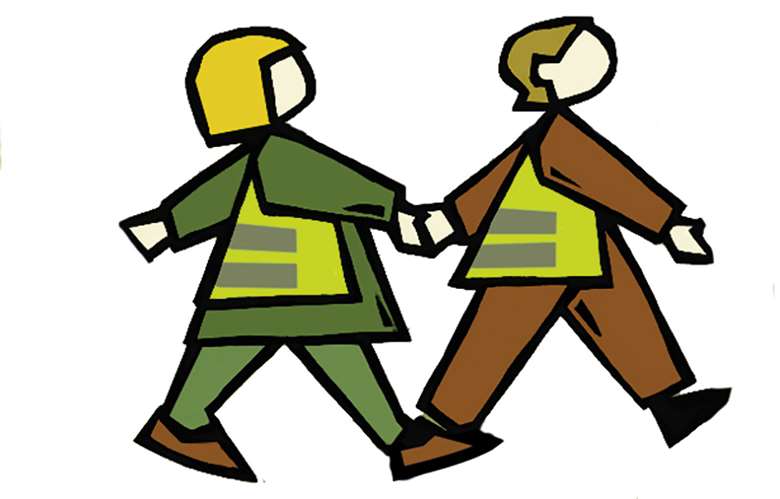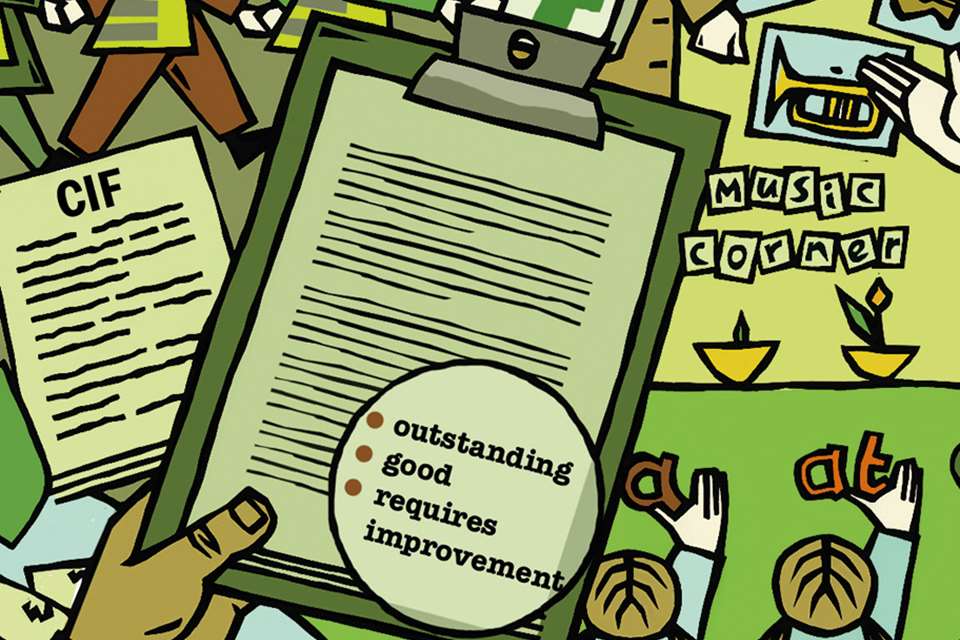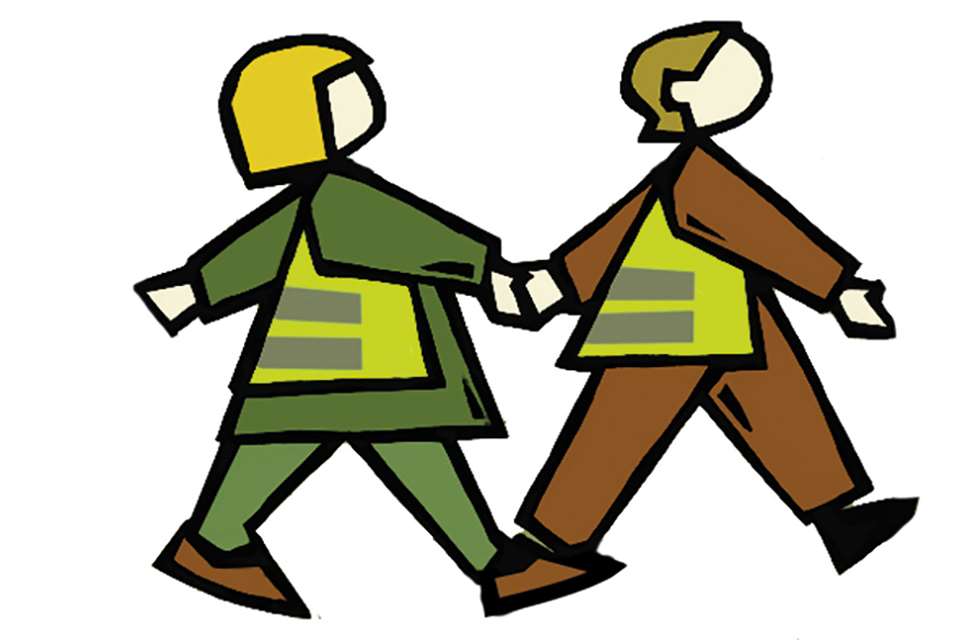Inspection: part 9 - Far-reaching power on no-notice inspections
Debbie Alcock
Monday, May 15, 2017
With the publication of Ofsted’s ‘myth-busting’ document, former inspector Debbie Alcock sets out some of the legislation underpinning inspectors’ powers

The new myth-busting document from Ofsted, published in April, aimed to dispel misconceptions about Ofsted inspectors needing to be presented with large amounts of paper evidence at every visit or not presented with a cup of tea (offering drinks to Ofsted inspectors will not be seen as bribery). But as I was reading them, I realised that as well as being taken in by myths, providers often don’t know the legislation or procedures that explain the seriousness of the issues surrounding the facts. For example, Ofsted can carry out no-notice inspections. But what is the legal basis for this?
No-notice inspections normally, but not exclusively, take place when someone has raised concerns about a setting. This refers to the Childcare Act 2006, which gives Ofsted inspectors immense powers. Not only are inspectors able to enter the setting, but they are able to remove information, take photographs, ‘inspect children’, carry out surveillance and interview staff.
Preventing an inspector from carrying out any of the above could result in a prosecution or a cancellation of registration. All of this can be read in detail in Chapter 5 of the Child Care Act, section 77, entitled ‘rights of entry’ (see box).
These powers seem very extraordinary, and some may wonder if this is really necessary. Inspectors should be sensible with these powers and only use them to gather secure evidence when there are serious concerns. The clear majority of providers will never experience this. But sadly there are still a few providers who use childcare to earn money without providing proper care to a child. The following case studies set out to explain where some of these powers have had to be used.
TAKING PHOTOGRAPHS, SECTION 77 (4) (D)
As an inspector, I have used this power on numerous occasions to capture serious failings on behalf of providers. I have outlined two of these below.
I had gone to re-inspect a provider that had an inadequate grading. There were serious concerns regarding health and safety and hygiene. On arrival, I found the premises to be filthy. Babies were crawling on a wooden floor which looked black in many areas. I bent down and scraped this with my thumb nail and found it was covered in what I can only describe as old filth and gunge. I took photographs of the dirt on my thumb and the scrape mark left in the rest of the filth. On the same premises was a microwave. A member of staff pulled out a small uncovered bowl containing baby rice. In the middle was an orange droplet, which looked strange. As I looked at the microwave, the outside and inner edge of the door showed erosion of the casing. Inside it was full of old food and liquids. The ceiling of the microwave had an orangey liquid dripping onto the base plate. This is what I had seen in the baby rice which the member of staff had carried out to feed a baby. I stopped the staff member before it was fed but also took photographs.
In another case, Ofsted had been informed of a rat and mouse issue during a complaint visit. I inspected the premises and found evidence of a serious infestation. I took numerous photographs to evidence the concerns: droppings in rice; huge amounts of fresh rat droppings and urine throughout the children’s toilets; holes in the baby changing mat, so urine from the mice and rats soaked in; rat and mouse faeces in cupboards, some old and some fresh. The baby food storage area also contained various opened packets; this too had urine and faeces from rodents.
As an inspector writing all this evidence, to avoid being seen as over-dramatic, I used photographs to show the reality of what I was seeing. This kind of evidence can be used by Ofsted in a prosecution or in a cancellation of registration case.
WHAT THE ACT SAYS
Section 77 (4) of the Childcare Act 2006 says that Ofsted inspectors have the powers to enter a nursery and:
(a) inspect the premises;
(b) inspect, and take copies of —
(i) any records kept by the person providing the childcare, and
(ii) any other documents containing information relating to that provision;
(c) seize and remove any document or other material or thing found there which he has reasonable grounds to believe may be evidence of a failure to comply with any condition or requirement imposed by or under this Part;
(d) take measurements and photographs or make recordings;
(e) inspect any children being cared for there, and the arrangements made for their welfare;
(f) interview in private the childcare provider;
(g) interview in private any person caring for children, or living or working, on the premises who consents to be interviewed.






